#jan d'alquen
Photo
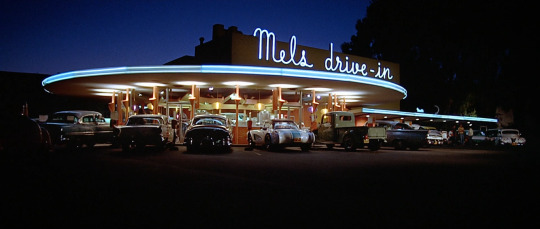


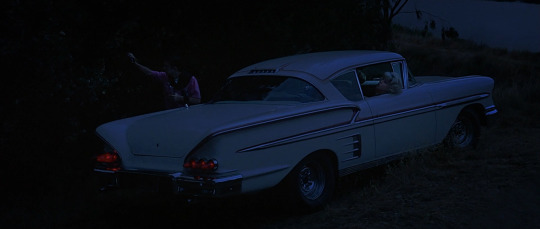






**Shots of the Movie**
American Graffiti (1973)
Director: George Lucas
Cinematographers: Ron Eveslage, Jan D’Alquen, Haskell Wexler
#shots of the movie#american graffiti#1973 film#george lucas#ron eveslage#haskell wexler#jan d'alquen#richard dreyfuss#ron howard#harrison ford#charles martin smith#1973#cindy williams#candy clark#wolfman jack#suzanne somers#1973 in film#1970s#1970s film#cinema#70s cinema#1970s cinema#70s movie#cinematography#film stills#movie screencaps#movie screenshots#film
37 notes
·
View notes
Photo

Richard Dreyfuss, Charles Martin Smith, and Ron Howard in American Graffiti (George Lucas, 1973)
Cast: Richard Dreyfuss, Ron Howard, Paul Le Mat, Charles Martin Smith, Cindy Williams, Candy Clark, Mackenzie Phillips, Wolfman Jack, Bo Hopkins, Manuel Padilla Jr., Beau Gentry, Harrison Ford. Screenplay: George Lucas, Gloria Katz, Willard Huyck. Cinematography: Jan D'Alquen, Ron Eveslage; Haskell Wexler, visual consultant. Art direction: Dennis Lynton Clark. Film editing: Verna Fields, Marcia Lucas, George Lucas,
American moviegoers, like Victorian novel-readers, love closure. They want movies to end with all the plot threads tied, with the good rewarded and the bad punished, and with a sense that nothing more needs to be told -- unless you're talking about movies that are obviously designed to springboard into sequels. George Lucas obviously felt the need for closure on American Graffiti, which is why he provided two endings. In the first, John wins his race with Bob Falfa, Terry and Debbie decide to meet again, Steve and Laurie are reconciled, and Curt goes off to college with a symbolic resolution of his pursuit of the Blonde in the T-Bird provided by a glimpse of the car from an airplane window. But because American Graffiti is set in 1962, and an awful lot happened to the generation portrayed in the film, Lucas also felt obliged to provide a second ending: a screen card that tells us John was killed by a drunk driver, Terry went missing in action in Vietnam, Steve sells insurance in Modesto, and Curt is "a writer in Canada." Critics have made some serious comments about this second ending's failure to tell us what happened to the female characters in the film: Laurie, Debbie, and Carol. And they're right, of course. But I think Lucas would have been better advised to stop with the first ending: His characters, with the possible exception of Curt, are not so well-drawn that they need to be dragged into the real world; the second ending feels more like a need to make a statement about the Vietnam War than a necessary coda to his story. American Graffiti is often compared to Federico Fellini's I Vitelloni (1953), another film about young men aimlessly lingering on the brink of maturity, and Lucas's Curt is an echo of Fellini's Moraldo, who at the end of the film leaves their small town for an uncertain future. But Fellini was content just to put Moraldo on the train and end his film, whereas the demand for closure pushes Lucas further. Fellini was pushed further, too, of course: We can see the characters played by Marcello Mastroianni in La Dolce Vita (1960) and 8 1/2 (1963) as possible versions of what Moraldo might have become. I somehow regret that Lucas didn't find that way of taking Curt into the future; instead he got sidetracked into a galaxy a long time ago and far, far away. American Graffiti remains a landmark film, not only because it made Lucas very rich and able to indulge his bent toward space opera, but also because it established the teen-movie genre, sometimes for better -- e.g., Richard Linklater's Dazed and Confused (1993) -- but more often for worse -- e.g., the Bob Clark Porky's movies (1981, 1983) and even the dud sequel More American Graffiti (Bill Norton, 1979).
2 notes
·
View notes
Photo
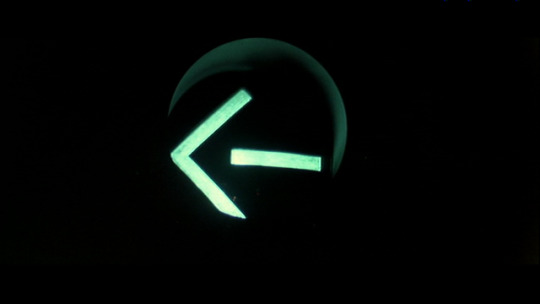
American Graffiti, George Lucas (1973)
Cinematography: Jan D'Alquen, Ron Eveslage
| USA
0 notes
Photo




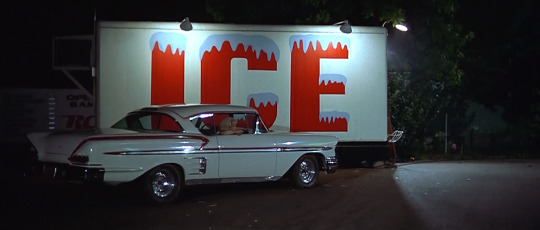

american graffiti (1973)
38 notes
·
View notes
Photo

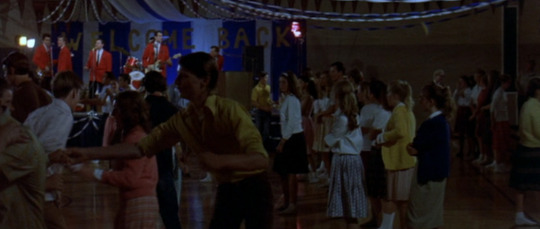








American Graffiti
・ ・ ・
Director: George Lucas
Directors of Photography: Jan D’Alquen & Ron Eveslage
#American Graffiti#George Lucas#Jan D'Alquen#Ron Eveslage#Harrison Ford#Wolfman Jack#Ron Howard#Cindy Williams
159 notes
·
View notes